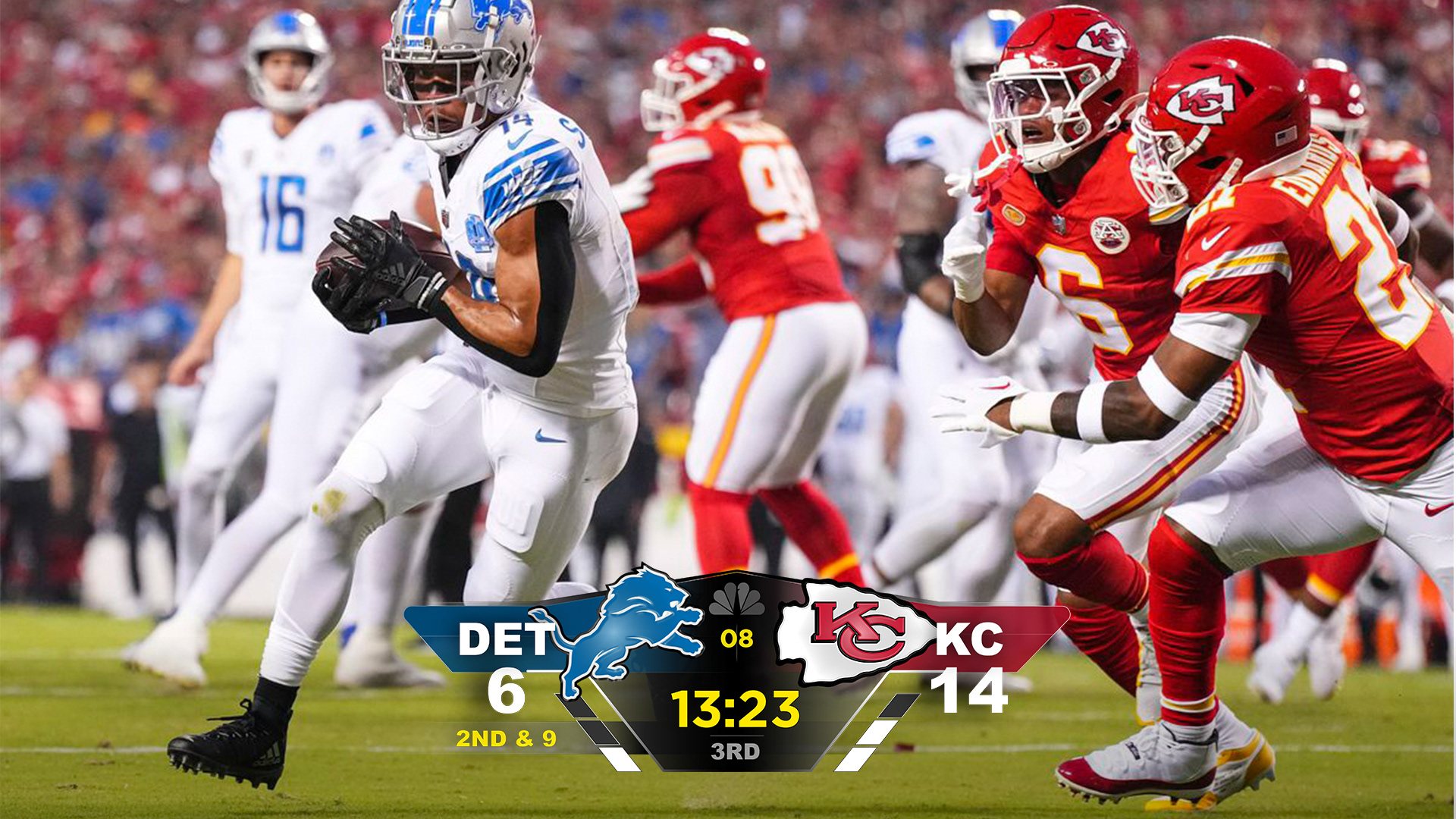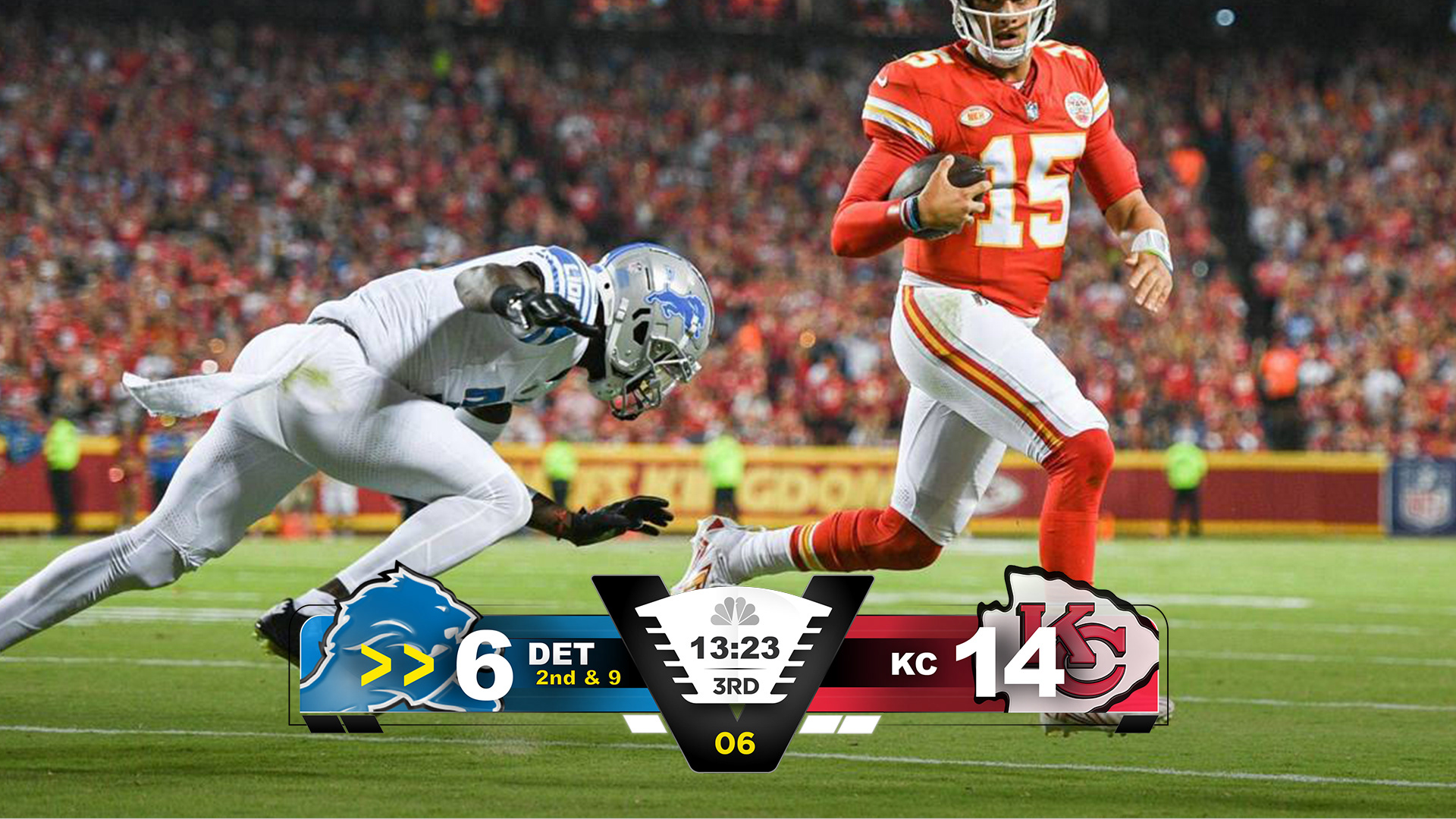Portfolio Project
As an example of my process, outlined below is the development journey of a conceptual theater snack app, from the user flow to the wireframe stage. (The high-fidelity version is currently in progress.)
Prior to mapping out the user flow, several foundational steps were undertaken to deeply understand the user's needs and expectations. This included the creation of detailed personas and user stories, which provided insights into the target audience's characteristics and motivations. Journey maps were crafted to visualize the user's experience and identify key touchpoints. User interviews were conducted to gather direct feedback and insights, informing the ideation process, where various concepts and solutions were explored and developed. These initial stages were essential in laying the groundwork for a user-centered design approach.
Score Bug
I tackled a personal project to revamp the NFL TV score bug, which I found uninspired and lacking in utility, aiming to replace its bland and occasionally unhelpful design with something more engaging and informative.
(This project was undertaken as a time-constrained challenge, completed within a single day. While further refinement could enhance the outcome, my primary aim was to convey the core concept rather than present a fully polished design.)
In the process of reimagining the score bug, I drew inspiration directly from the essence of the sport itself. By incorporating elements such as the distinct shape and texture of shoulder pads or the grid found on a football helmet, my design concept rooted itself in the physicality and excitement of the game, making the score bug not just a tool for conveying information but an embodiment of the sport's unique character.



Dynamic Personas
In the design field, one might anticipate that our research tools and methods would be as well-crafted and structured as our final products, yet this isn't always the reality—a point underscored by my experiences with simplistic slide personas.
Motivated by a personal initiative, I aimed to devise a distinctive method for presenting fictional personas. Below, you will first encounter a standard, albeit mundane, persona created for the project mentioned earlier. Following that, I present a more engaging magazine spread persona, thoughtfully designed in InDesign.
Motivated by a personal initiative, I aimed to devise a distinctive method for presenting fictional personas. Below, you will first encounter a standard, albeit mundane, persona created for the project mentioned earlier. Following that, I present a more engaging magazine spread persona, thoughtfully designed in InDesign.
In the magazine persona, I added additional elements like the "Day in the life" section and even a targeted advertisement related to our fictional character.